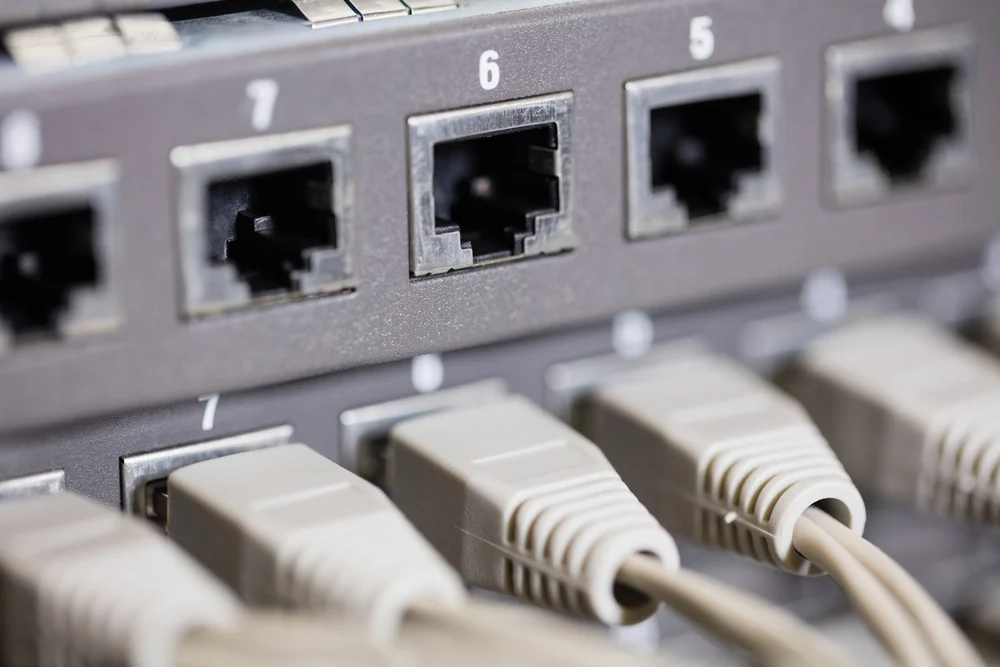Published September 4, 2024
Read Time Mins

Image credit: Shutterstock
“A zombie botnet is a collection of internet-connected devices – think routers, smart home gadgets, and even smartphones – that have been infected with malware. Once compromised, these devices can be remotely controlled by attackers, who use them to launch distributed denial-of-service (DDoS) attacks, spread malware, or execute other nefarious activities.”
These botnets are called “zombies” because the infected devices are essentially “dead” to their owners, silently carrying out the commands of the botnet operator without the owner’s knowledge.
Paul Jenkins, CISO at BlackDice, emphasises how for telecom operators, zombie botnets pose a significant risk. “The proliferation of IoT devices, combined with often inadequate security measures, has created fertile ground for these botnets to thrive,” says Paul. “Once a botnet is established, it can be used to attack the very networks and services that operators provide, leading to widespread outages, degraded service quality, and a loss of customer trust.”
Given that these attacks often come from within the network itself – via compromised customer devices – traditional security measures like firewalls and signature-based anti-virus software are often insufficient.
We’ve seen firsthand how devastating these attacks can be. The July 2024 CrowdStrike/Microsoft outage, which disrupted critical infrastructure worldwide, highlighted the dangers of network vulnerabilities. Although that incident was not specifically due to a botnet, it serves as a reminder that we live in an era where sophisticated, large-scale attacks are becoming the norm. And zombie botnets are no exception.
The solution for telcos, says Paul, is to adopt a more proactive, layered approach to network security. “The key to mitigating the risk of zombie botnets lies in a combination of advanced threat detection, AI-driven security measures, and customer education.”
Here are some steps telcos can take:
Continuous network monitoring with AI can help detect unusual patterns that might indicate a botnet at work. Machine learning algorithms can analyse traffic and spot anomalies that humans might miss.
Deploying AI-powered threat detection at the router level can help intercept malware before it compromises devices. This proactive approach stops botnets before they start, safeguarding both the network and its users.
3. Educate your customers:
Customers are often the weakest link in the security chain. By educating them about the risks of zombie botnets and encouraging them to secure their devices, telecom operators can reduce the number of compromised devices on their network.
4. Strengthen device security standards:
Operators should push for stronger security standards for IoT devices and provide customers with easy-to-use security tools. This could include offering managed security services as a value-added option.
Zombie botnets aren’t just a theoretical threat; they’re a real and present danger to telecom networks everywhere. As these botnets become more sophisticated, it’s crucial for operators to stay ahead of the curve by implementing advanced security measures and educating their customers. The stakes are high, but with the right approach, operators can protect their networks, maintain service quality, and keep their subscribers safe.